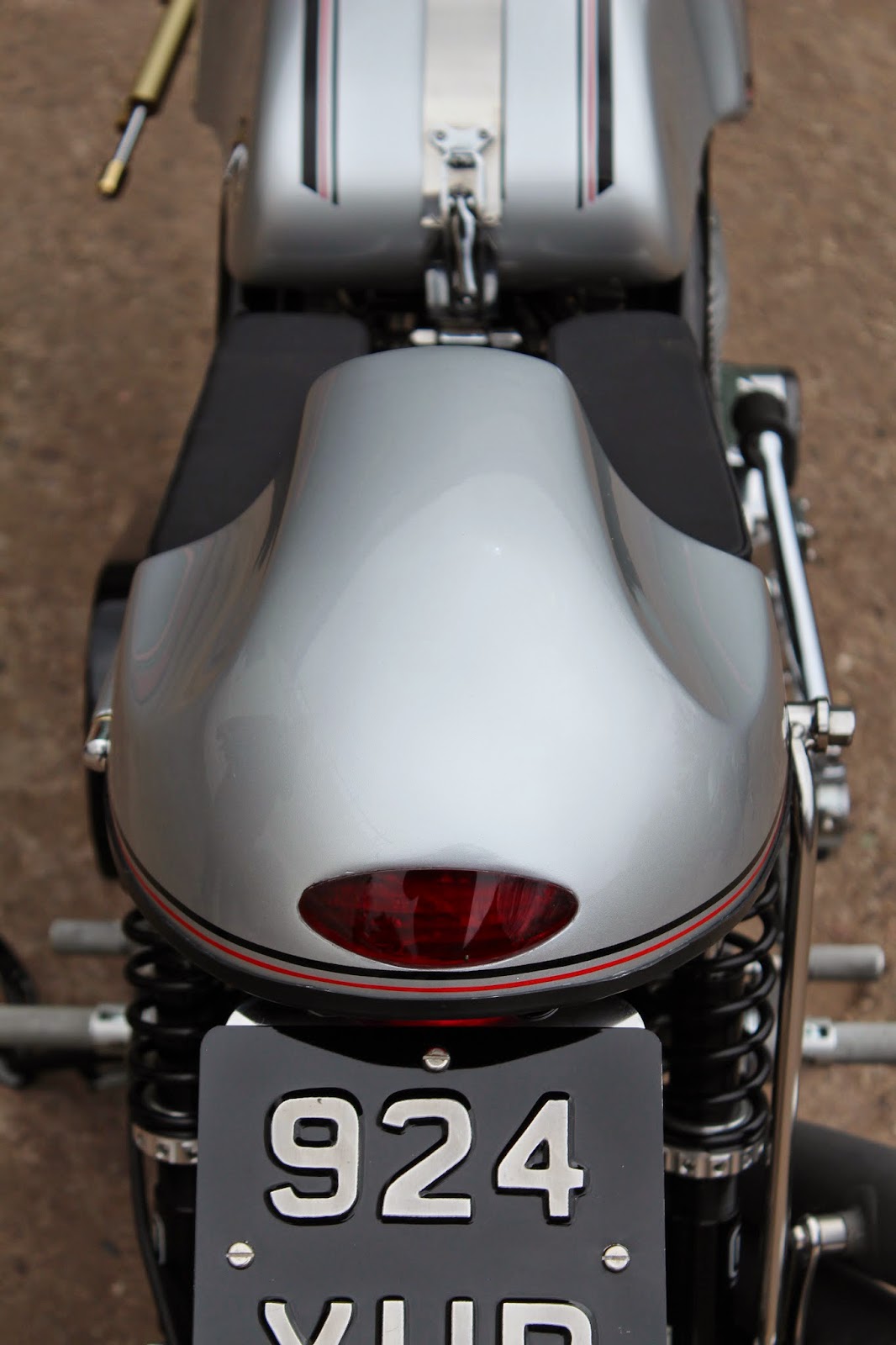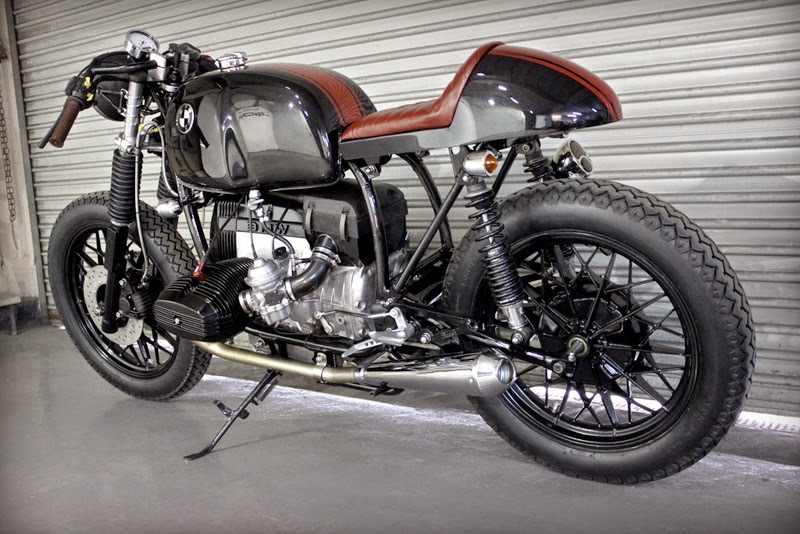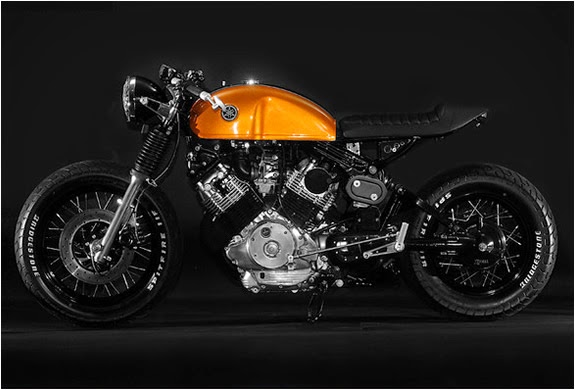History of the 1954 AJS E95 Porcupine
Conceived during the years of World War II, the Porcupine was originally designed with forced induction in mind. Supercharged multi-cylinder engines had begun to threaten the single’s supremacy towards the end of the 1930s and, indeed, AJS themselves went down this road with their fearsome water-cooled V4. Fast yet difficult to handle, the latter had demonstrated that horsepower bought at the expense of excess bulk and weight was not the answer, so the designers’ thoughts turned to a twin. Laying the cylinders horizontally with their heads facing forwards would ensure adequate cooling and a low center of gravity, while at the same time providing room for the blower above the unit construction gearbox. When FIM (the governing and sanctioning board of international racing) banned supercharging at the end of 1946, the design was too far advanced to be substantially altered, though the cylinder heads were revised to raise the compression ratio.
Typed E90, but dubbed “Porcupine” by the motorcycling press because of its distinctive spiked cylinder head finning, AJS’ new challenger debuted at the 1947 Isle of Man TT piloted by Les Graham and Jock West, the pair finishing 9th and 14th respectively after a variety of problems. (By way of consolation, 4 West’s best lap was only three seconds down on the fastest and proved that the bike had promise.) Two years later, in 1949, the ultimate victory was achieved as Graham won 1st place in the inaugural Grand Prix World Championships astride the Porcupine, a win that was to become AJS’ and Graham’s only major title.
Many years later, AJS works rider Ted Frend – the first rider to win a race on the bike – recalled that carburetion had been the bike’s biggest problem, perhaps not surprising given that it had been designed for a supercharger, and over the years a bewildering number of different induction arrangements were tried. The bike was also bedeviled by magneto shaft failure – the cause of Graham’s retirement from the lead of the ’49 Senior TT just when two minutes from the finish – a problem that would not be solved until chain drive for the magneto was adopted on the revised E95 engine.
Introduced in 1952, the E95 engine had its cylinders tilted upwards at 45 degrees, an arrangement that called for a new frame, and featured a long underslung oil sump, and pressed-up crankshaft with onepiece connecting rods and roller big-ends in place of the E90's one-piece shaft and shell-type bearings. Another new addition to the AJS team for ’52 was New Zealand star Rod Coleman. Coleman had first been given an E90 to try at the ’51 Ulster GP, and followed that up with a strong showing at the Grand Prix Des Nations at Monza.
quoted from
extravaganzi.




















.jpg)










































